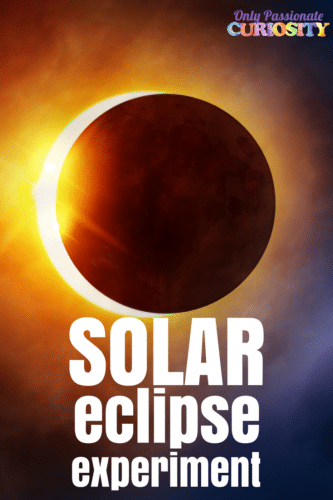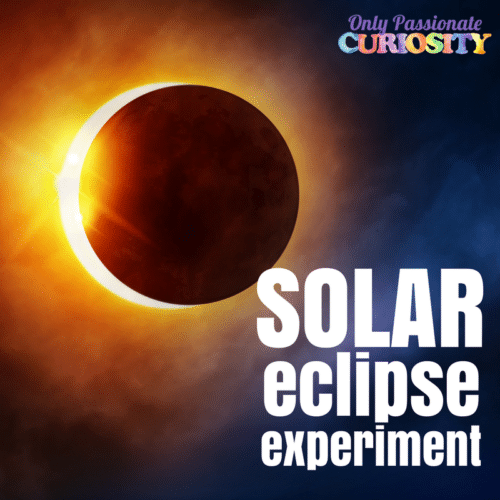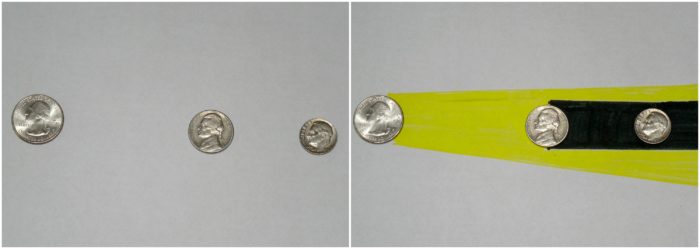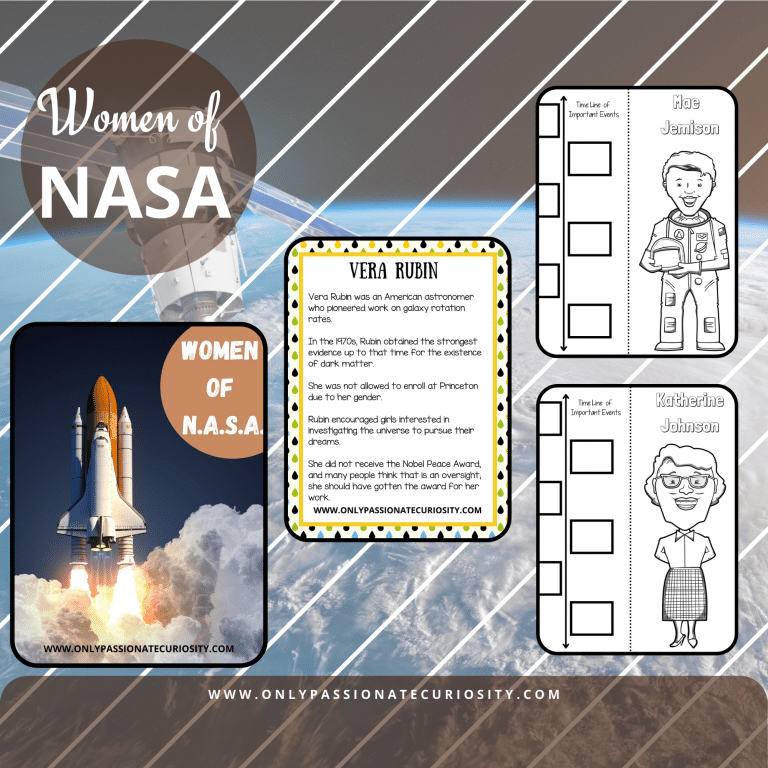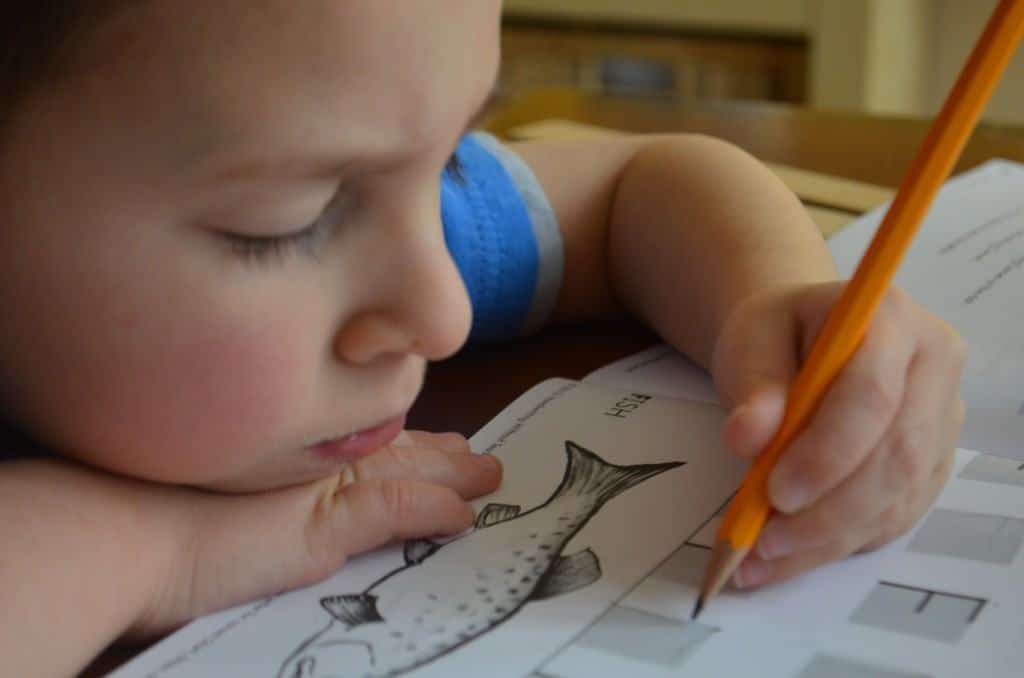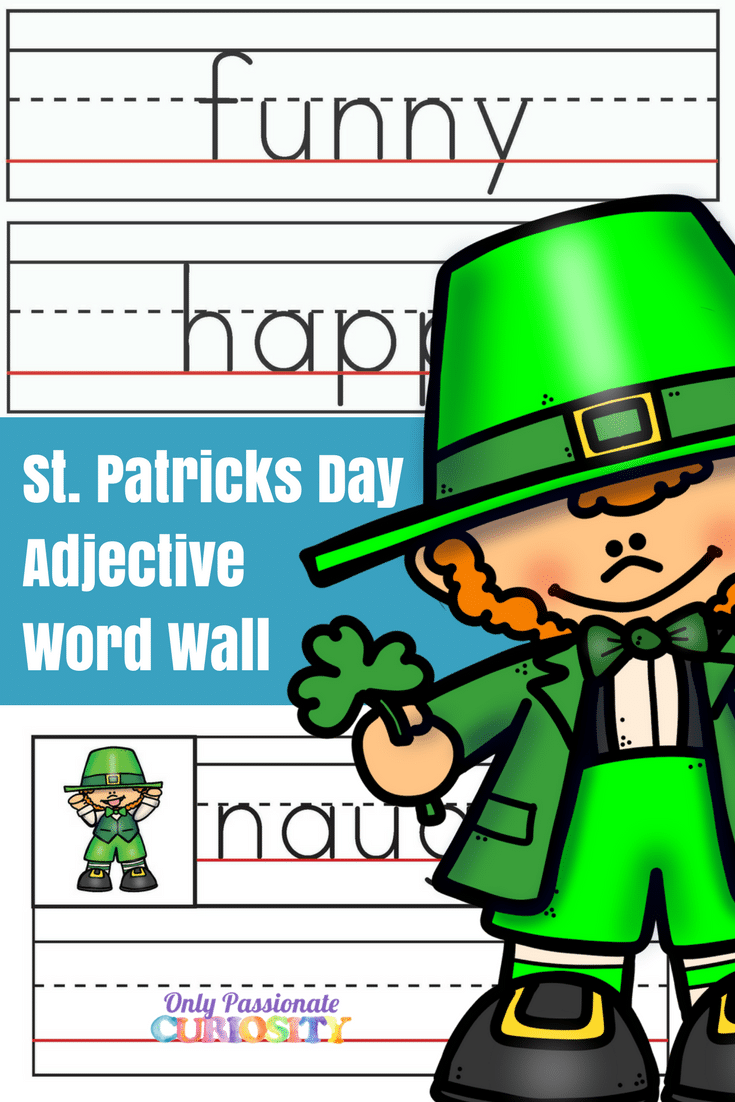Exploring Lunar and Solar Eclipses
Astronomy can be a tough subject to teach, as it is full of things too massive and far away to hold in your hand or experiment with! We are, however, able to make observations of celestial events, which helps to make astronomy come to life. Lunar and solar eclipses are great examples of something that we can observe. But what exactly is happening during an eclipse?
Here is a quick visual model kids can make to help understand the concepts behind eclipses. You’ll only need a few supplies that you most likely have already- maybe right in your pocket right now!
Lunar eclipses occur when the Earth passes between the sun and the moon. The Earth blocks the sun’s light from hitting the moon and being reflected, therefore we see a darkening of the moon.
A solar eclipse occurs when the moon passes between the sun and the Earth. Although the moon and sun are very different sizes, they appear the same size when seen from Earth. During the solar eclipse, the sun’s light is blocked by the moon in a small area on the planet.
You are more likely to experience a lunar eclipse than a solar eclipse. It is not that solar eclipses rarely happen; it is that the shadow cast over the sun is small and only a tiny portion of Earth experiences it each time it happens. If you want to see when the next solar eclipse will be, take a look at this article on Wikipedia.
Create a Lunar or Solar Eclipse Diagram
Materials:
- Quarter
- Nickel
- Dime
- Office paper
- Yellow
- Black marker
- Ruler
Place the quarter, dime, and nickel in a row on the paper. The quarter represents the sun, the dime the moon, and the nickel the Earth. Note: This is not a proportionately accurate model in terms of size! The dime should be closer to the nickel on the paper. Using the ruler, draw two yellow lines radiating outward from the edges of the quarter. Place the ruler on the top edge of the dime and draw a line with the black marker angled down toward the nickel. Repeat this with the bottom edge of the dime. Now color in the space you’ve made between the dime and nickel black, and fill in the rest with yellow.
This represents what happens during a solar eclipse. The shadow made by the moon only covers a small portion of Earth.
Now in order to compare, you’ll create a lunar eclipse. This time, place the quarter, nickel and dime in a row in that order. Again, using the ruler as a guide, draw yellow lines radiating from the quarter. Then place the ruler on the top edge of the nickel and draw a line to the edge of the paper. Repeat this on the bottom edge of the nickel. Fill in the space you’ve created from the nickel around the dime with the black marker. Then fill in yellow in the space radiating from the quarter.
This represents what happens during a lunar eclipse. The shadow made by the Earth prevents the sunlight from reaching the moon and reflecting back.
Get your children excited about eclipses with our Solar Eclipse Mini Book and accompanying paper model.
Eclipse Safety and Other Celestial Events
Although the sun’s light is blocked out during an eclipse, it is not safe to look directly at the eclipse! Find out how you can safely view a solar eclipse here. One option is to purchase inexpensive solar eclipse glasses like these. As you can see, there are quite a few choices available.
Another fun astronomical event to view in the summer is the Perseid meteor shower in August. Find out how to best view the Perseid meteor shower here.



